In today’s health-conscious oral care industry, safety, effectiveness, and compliance with global health standards are more than just selling points—they are essential. One major focus among professionals and end users alike is the use of a dental recommended brush that features BPA-free brush heads. But what makes this combination not only preferred, but genuinely safer for long-term oral hygiene? Let’s explore the answer through the lens of material science, clinical recommendations, and market needs.
A dental recommended brush meets guidelines set by dental professionals and organizations regarding brushing effectiveness, safety, and design ergonomics. This typically includes:
When manufacturers align with these standards, the resulting product garners trust not just from consumers, but also from dental offices and healthcare distributors.
BPA-free brush heads are made without Bisphenol A—a chemical commonly found in plastics that has raised health concerns over time. BPA can potentially leach into the body through prolonged contact, especially in products exposed to heat or saliva.
In oral care products, especially those used daily and in close contact with mucous membranes, eliminating BPA is not just a trend—it’s a safety requirement in many international markets. BPA-free brush heads:
For OEM and ODM clients, the shift toward BPA-free materials is no longer optional—it’s a compliance issue. A dental recommended brush with BPA-free brush heads ensures:
Additionally, when BPA-free heads are paired with medical-grade polymers and ultrasonic sealing techniques, they enhance both safety and durability. Company web: https://www.powsmart.com/product/electric-toothbrush/
Populations with higher vulnerability—like children and the elderly—benefit significantly from safer oral care tools. BPA exposure, even at low levels, has been linked to developmental and hormonal issues. That’s why:
Providing a dental recommended brush that addresses these concerns strengthens your brand’s credibility across multiple demographic groups.
BPA-free materials often go hand-in-hand with other sustainable, non-toxic innovations. Manufacturers now integrate:
This expands product appeal among eco-conscious buyers and distributors while maintaining the clinical assurance expected from dental recommended brushes.
For distributors, retailers, and private-label brands, offering brushes that combine BPA-free brush heads with dental recommended status can be a decisive advantage. Key benefits include:
Manufacturers who adopt BPA-free tooling early can position themselves as forward-looking, regulatory-compliant, and market-responsive partners.
In short, a dental recommended brush with BPA-free brush heads isn’t just a marketing message—it’s a scientifically and ethically backed commitment to user safety. For B2B clients looking to build premium oral care products, combining clinical approval with toxin-free materials is a blueprint for long-term success.
Whether you’re developing your next product line or refreshing your materials portfolio, now is the time to align your offering with the global movement toward safer, smarter oral hygiene tools. Contact us
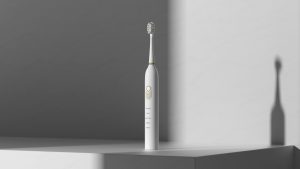
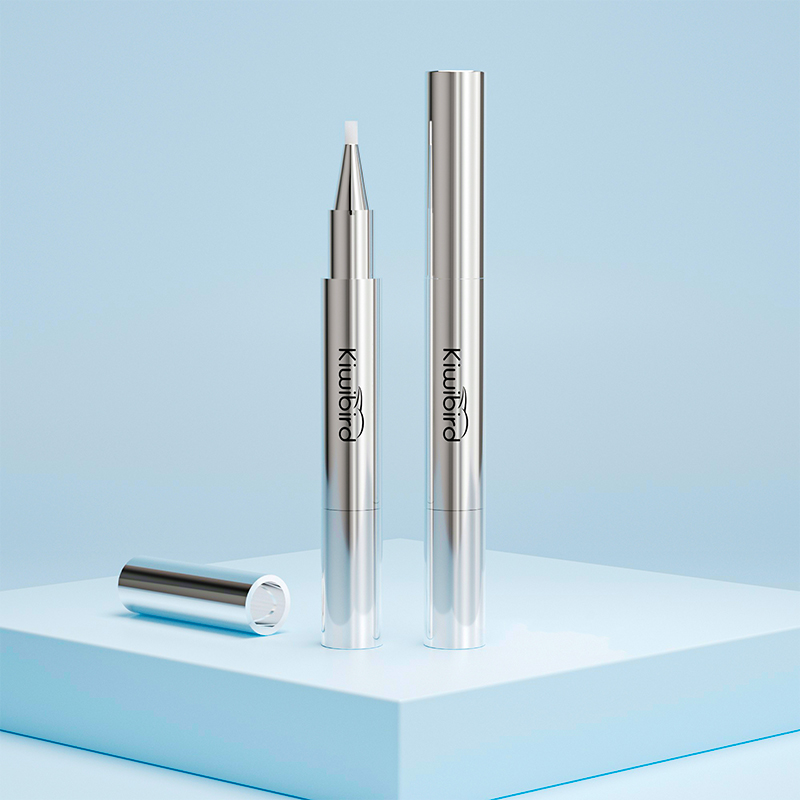
Do Multi-Color Toothbrushes in a Bundle Savings Deal Prevent Sibling Fights?
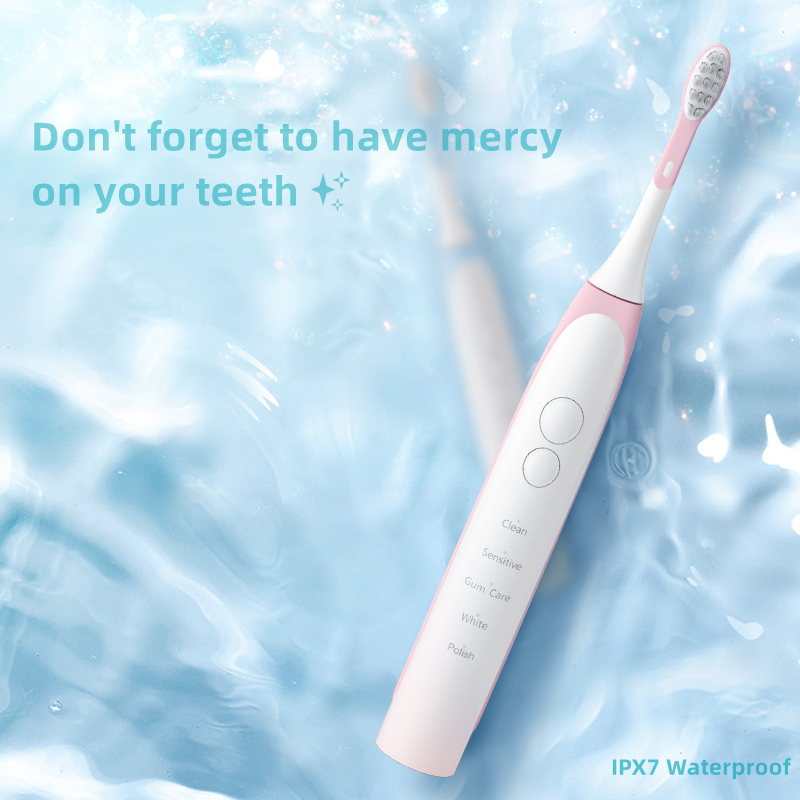
How Does Powsmart Brush Technology Make This Safety Children Brush Choke-Proof?
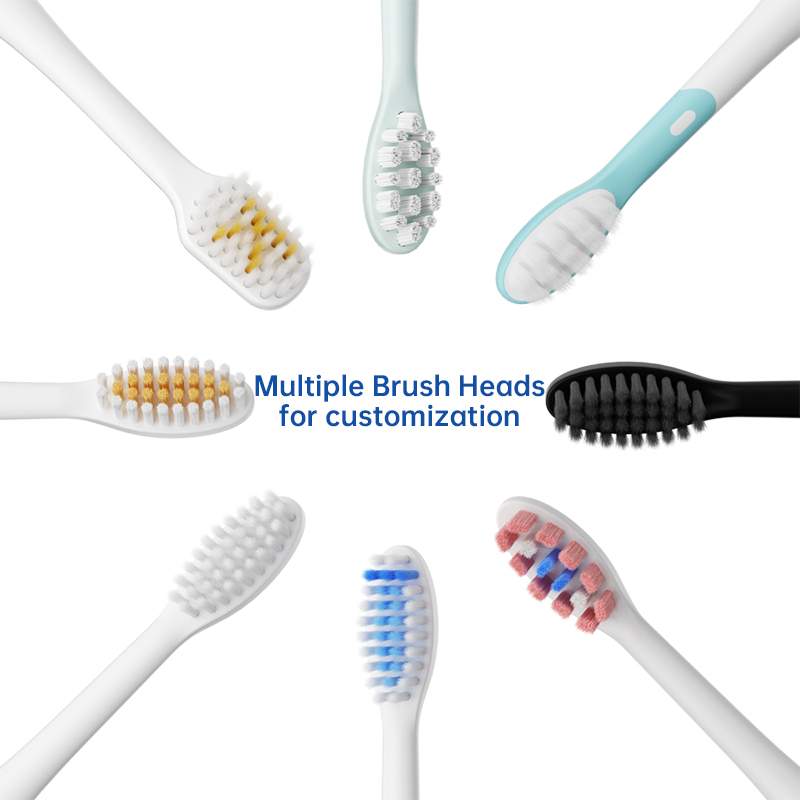
Texas electric toothbrush Tacoma

How to choose a reliable electric toothbrush factory?

Can One Shared Charging Base Power a Family Pack Bundle of 4 Brushes?
.jpg)
Electric Toothbrush Troubleshooting Flowchart: A Practical OEM Guide for Brands

Top 10 California electric toothbrush factory for OEM/ODM Services
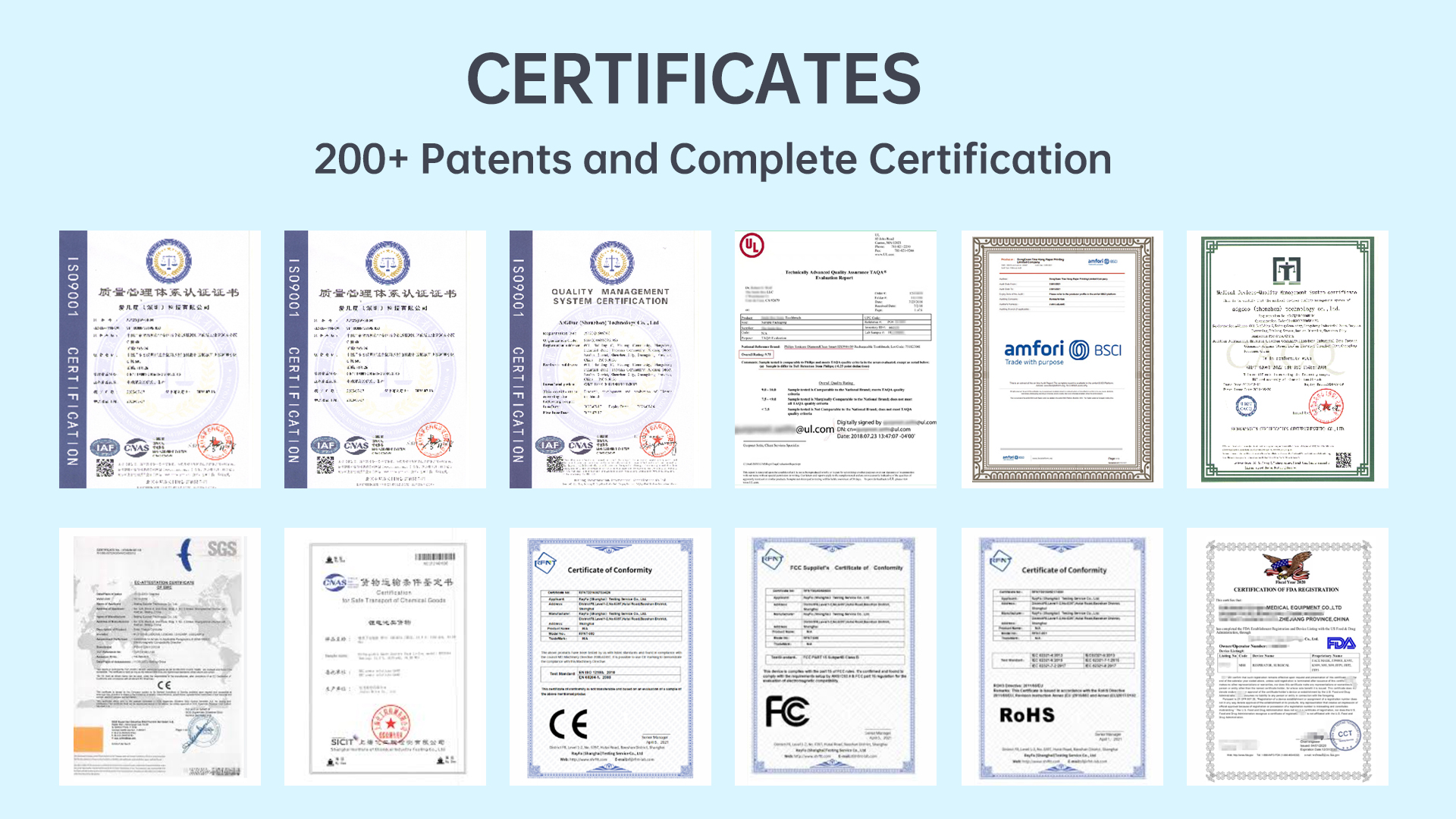
How to Choose a Reliable Electric Toothbrush OEM Factory and Build Long-Lasting Product Lines?
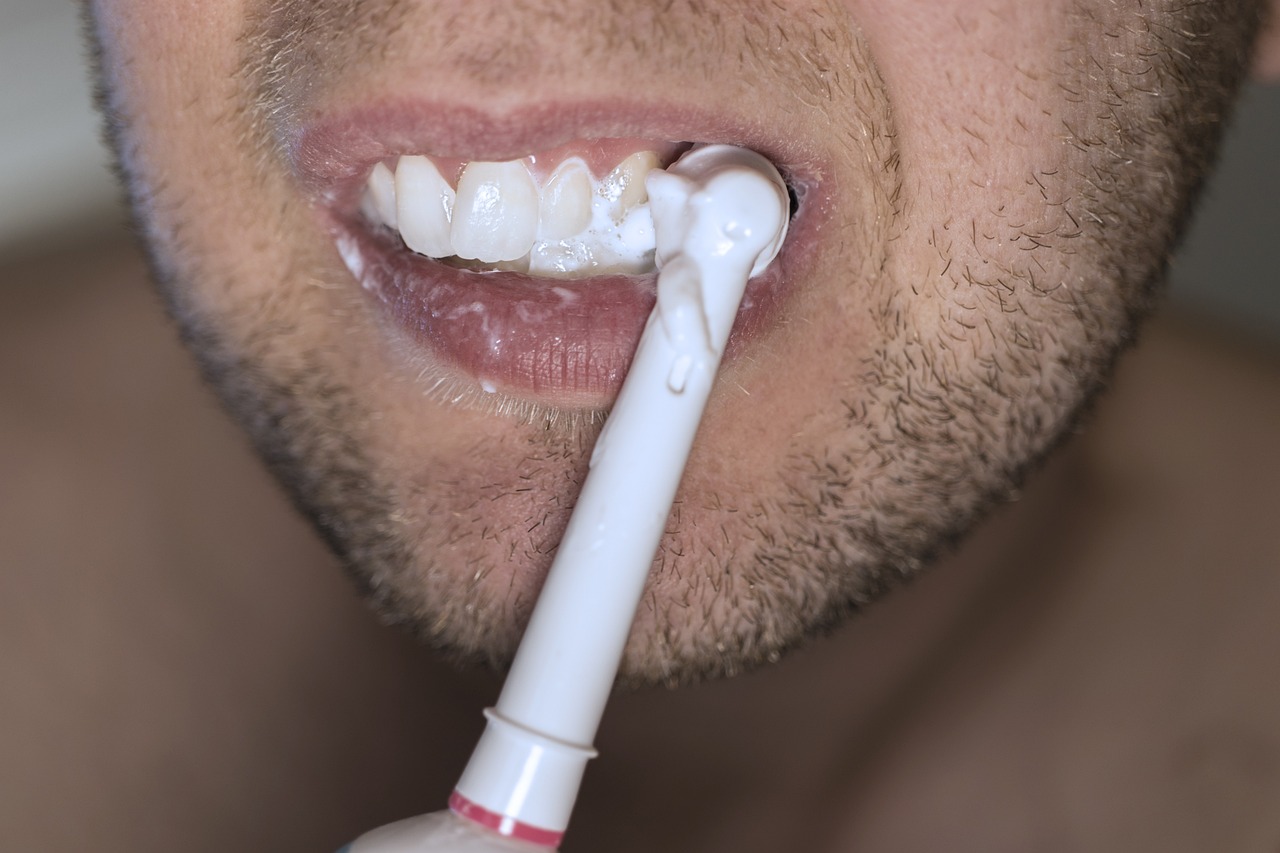
Is the Electric Toothbrush Market Growing?

Why are the factory prices of electric toothbrushes so different?

San Francisco Electric Toothbrush Wholesale: Best Deals for Dental Clinics

California Teeth Whitening Electric Toothbrush Manufacturers
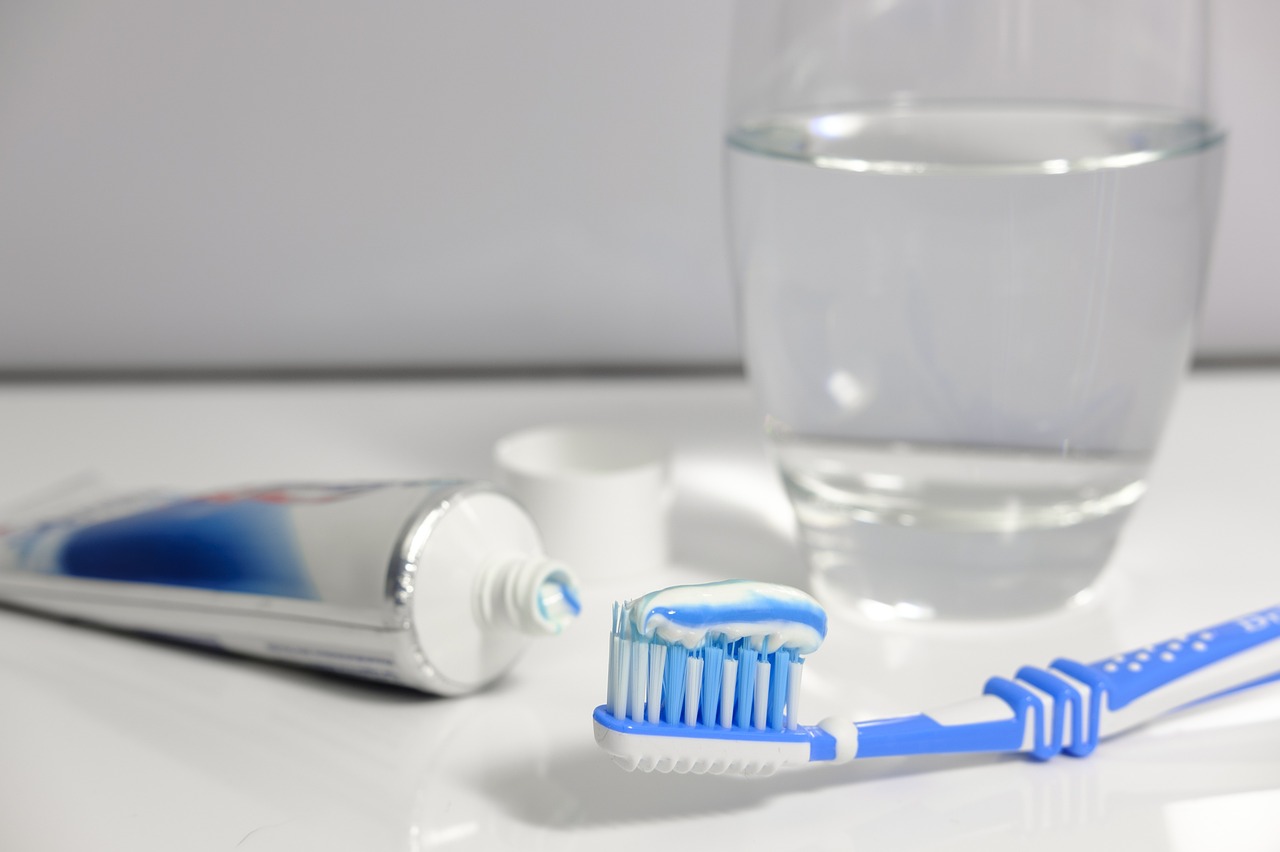
How to Make Your Own Electric Toothbrush
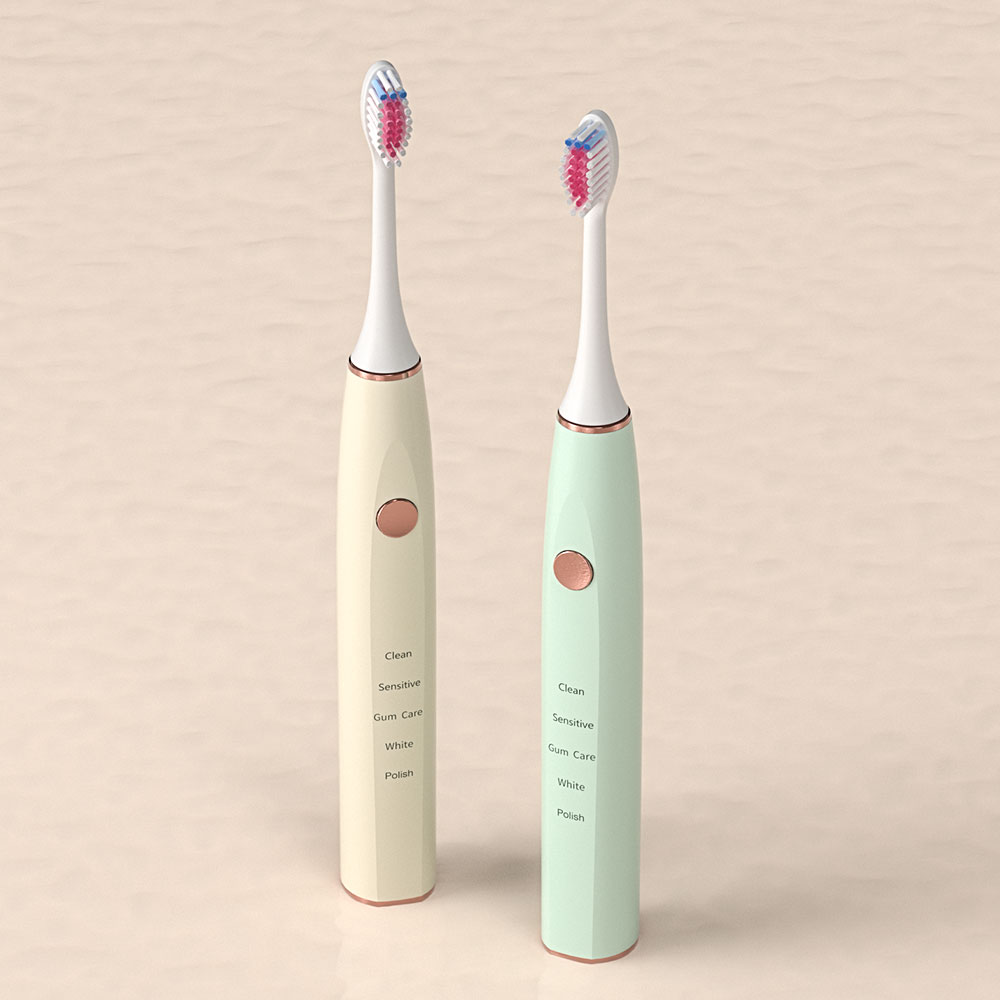
How much does it cost to manufacture a toothbrush?
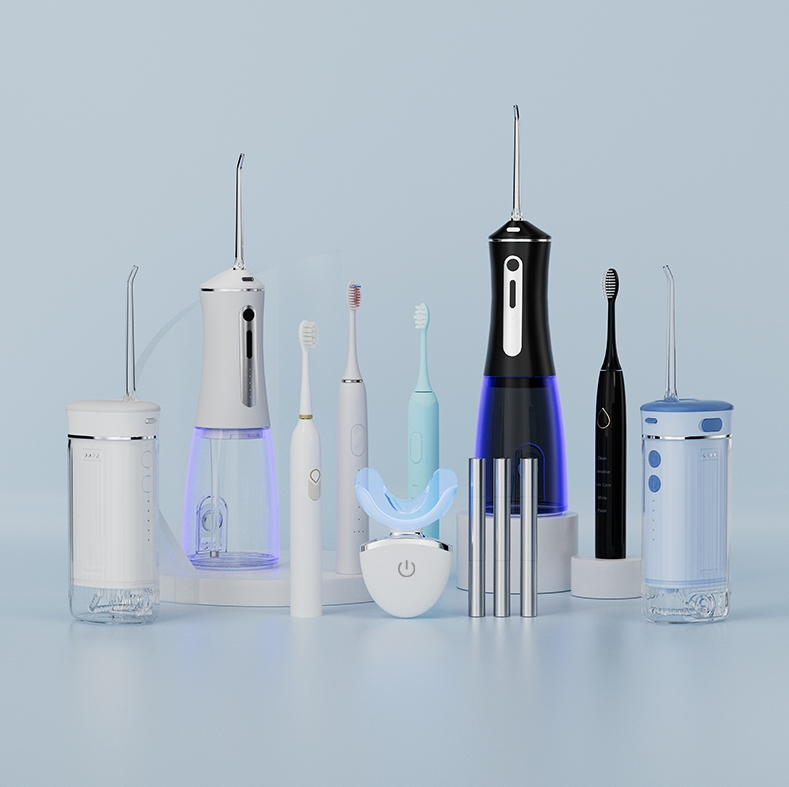
Guide for Oral Care Brands Seeking San Diego Water Flosser & Toothbrush Combo Custom Kits Suppliers
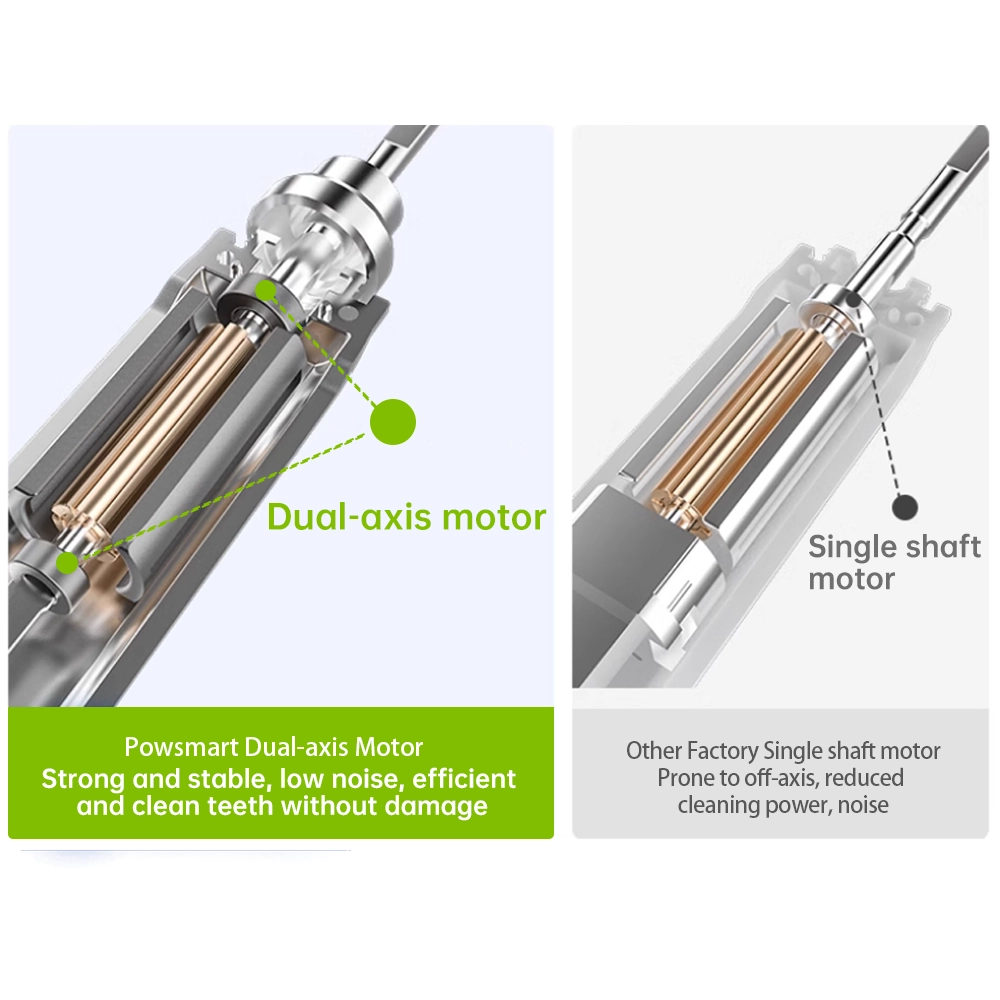
Electric Toothbrush Motor Failure: Common Causes & Solutions

electric toothbrush heads Regular Clean

electric toothbrush heads Deep Clean

Electric toothbrush heads Charcoal Infused-Diamond

Private Label Whitening Gel

electric toothbrush heads Ultra Soft
.jpg)
Florida Electric Toothbrush – Powsmart PTR-C8

electric toothbrush heads Charcoal Infuse-Round

Customization Teeth Whitening Gel
whstapp
whstapp
National Toll-Free Service Hotline
+86 755 86238638